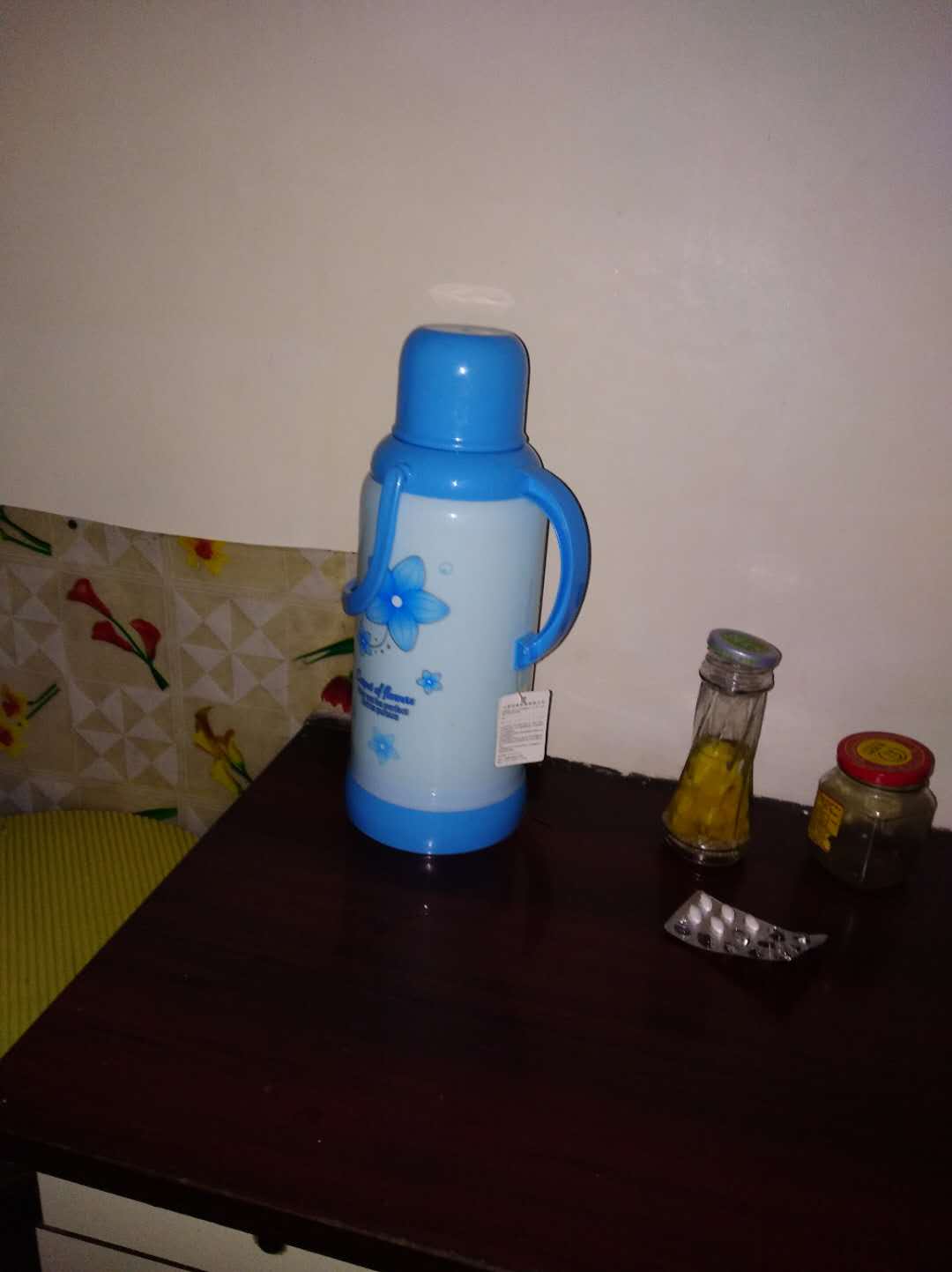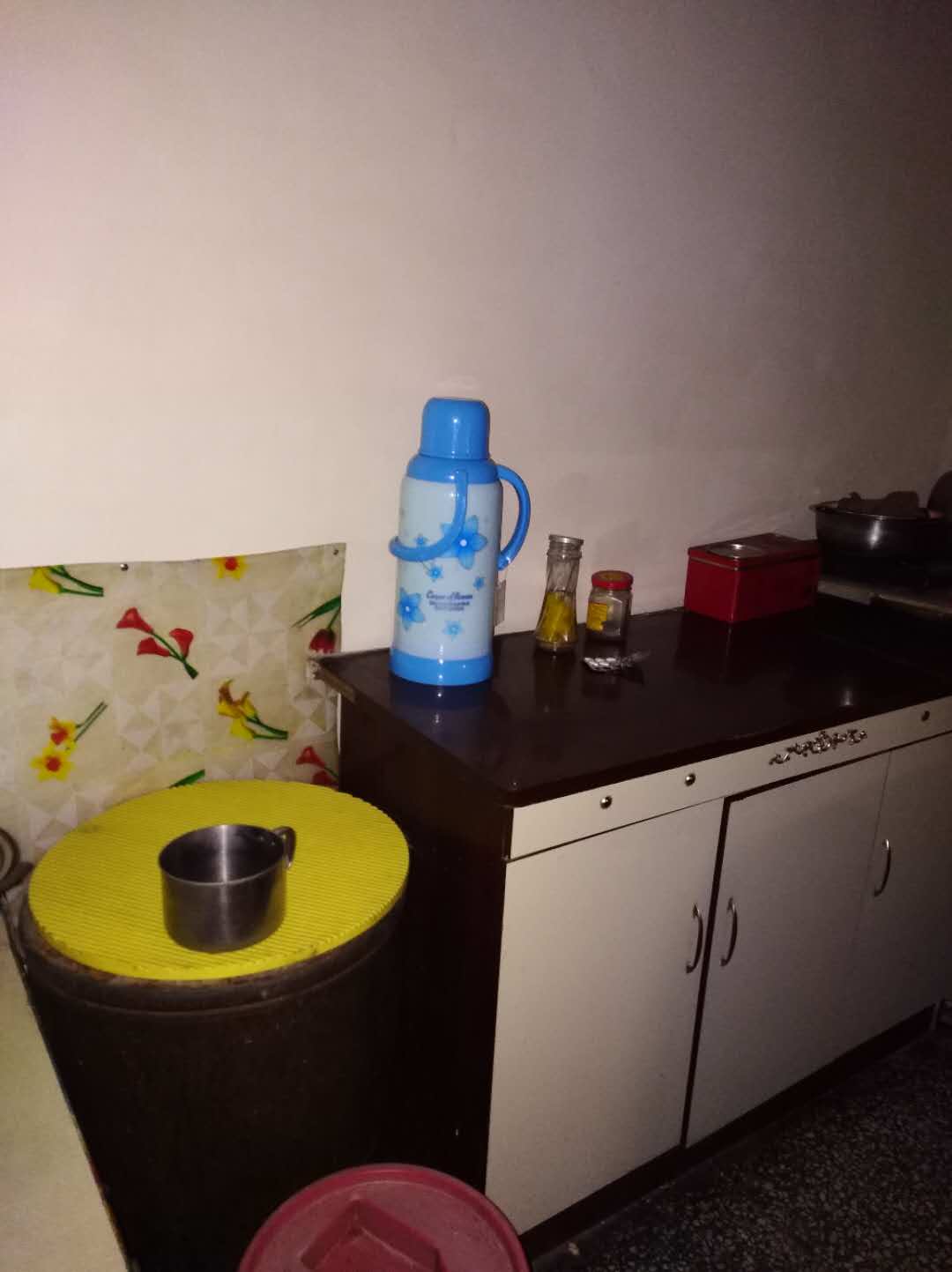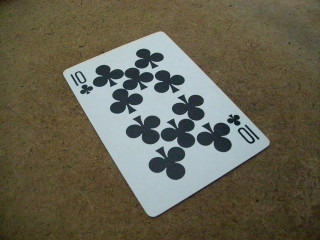- 腐蚀,膨胀,开闭操作
#include"stdafx.h"
#include <opencv2/opencv.hpp>
#include <opencv2/imgproc/imgproc.hpp>
using namespace std;
using namespace cv;
int main()
{
Mat mSrc1 = imread("test1.jpg");
resize(mSrc1, mSrc1, Size(512, 512));
Mat mSrc2 = imread("test2.jpg");
resize(mSrc2, mSrc2, Size(512, 512));
Mat Diff;
//= abs(mSrc1 - mSrc2);
subtract(mSrc1, mSrc2, Diff);
abs(Diff);
imshow("Diff", Diff);
waitKey(0);
Mat erode_Diff;
Mat element = getStructuringElement(MORPH_RECT, Size(3, 3), Point(0, 0));
erode(Diff, erode_Diff, element);
Mat clean_Diff;
dilate(erode_Diff, clean_Diff, element);
imshow("clean_Diff", clean_Diff);
waitKey(0);
/*Mat open_Diff;
morphologyEx(Diff, open_Diff, MORPH_GRADIENT, element);
imshow("open_Diff", open_Diff);
waitKey(0);*/
return 0;
}原图:
运行结果:
2.图像降采样(缩小)
#include<iostream>
#include<opencv2/opencv.hpp>
using namespace std;
using namespace cv;
int main()
{
Mat srcImage = imread("牛吃草.jpg");
imshow("【原图】", srcImage);
//其实就是缩小操作
Mat dstImage;
pyrDown(srcImage, dstImage, Size(srcImage.cols / 2, srcImage.rows / 2));
imshow("【处理后的图片】", dstImage);
waitKey(0);
return 0;
}运行后的结果:
3.图像升采样(插值)
4.图像透视变换
设计思路:
1.图片预处理,利用霍夫变换检测出图片中长度超过10的直线
2.延长得到的直线
3.计算延长线的交点,找到四边形的四个边界点
4.利用得到的点拟合四边形
5.对得到的四边形的四个点排序
5.1得到中心点
5.2对得到的边界点排序
5.3 透视变换
#include"stdafx.h"
#include <opencv2/imgproc/imgproc.hpp>
#include <opencv2/highgui/highgui.hpp>
#include <iostream>
using namespace std;
using namespace cv;
Point2f computeIntersect(cv::Vec4i a, cv::Vec4i b)
{
int x1 = a[0], y1 = a[1], x2 = a[2], y2 = a[3], x3 = b[0], y3 = b[1], x4 = b[2], y4 = b[3];
float denom;
if (float d = ((float)(x1 - x2) * (y3 - y4)) - ((y1 - y2) * (x3 - x4)))
{
cv::Point2f pt;
pt.x = ((x1 * y2 - y1 * x2) * (x3 - x4) - (x1 - x2) * (x3 * y4 - y3 * x4)) / d;
pt.y = ((x1 * y2 - y1 * x2) * (y3 - y4) - (y1 - y2) * (x3 * y4 - y3 * x4)) / d;
return pt;
}
else
return cv::Point2f(-1, -1);
}
void OnDrawDotline(CvPoint s, CvPoint e, Mat workimg)
{
CvPoint pa, pb;
double k = (s.y - e.y) / (s.x - e.x + 0.000001);//不加0.000001 会变成曲线,斜率可能为0,即e.x-s.x可能为0
double h = workimg.rows;
double w = workimg.cols;
pa.x = w;
pa.y = s.y + k*(w - s.x);
line(workimg, e, pa, CV_RGB(255, 0, 255), 2, CV_AA, 0); //向右画线
pb.y = e.y - k*e.x;
pb.x = 0;
line(workimg, pb, s, CV_RGB(255, 255, 0), 2, CV_AA, 0); //向左画线
}
void sortCorners(std::vector<cv::Point2f>& corners, cv::Point2f center)
{
std::vector<cv::Point2f> top, bot;
for (int i = 0; i < corners.size(); i++)
{
if (corners[i].y < center.y)
top.push_back(corners[i]);
else
bot.push_back(corners[i]);
}
corners.clear();
if (top.size() == 2 && bot.size() == 2) {
cv::Point2f tl = top[0].x > top[1].x ? top[1] : top[0];
cv::Point2f tr = top[0].x > top[1].x ? top[0] : top[1];
cv::Point2f bl = bot[0].x > bot[1].x ? bot[1] : bot[0];
cv::Point2f br = bot[0].x > bot[1].x ? bot[0] : bot[1];
corners.push_back(tl);
corners.push_back(tr);
corners.push_back(br);
corners.push_back(bl);
}
}
int main()
{
Mat mSrcImg;
mSrcImg = imread("timg.jpg");
if (mSrcImg.empty())
return -1;
Mat mSrcCopy;
mSrcImg.copyTo(mSrcCopy);
//1.预处理
Mat mSrcCvt;
cvtColor(mSrcImg, mSrcCvt,CV_BGR2GRAY);
Mat mSrcBlur;
blur(mSrcCvt, mSrcBlur, Size(3, 3));
Mat mSrcCanny;
Canny(mSrcBlur, mSrcCanny, 20, 200,3);
vector<Vec4i>lines;
HoughLinesP(mSrcCanny, lines, 1, CV_PI / 360, 70, 50, 20);
Point2f pLeft, pRight;
//2.延长每条线
for (int i = 0; i < lines.size(); i++)
{
pLeft = Point2f(lines[i][0], lines[i][1]);
pRight = Point2f(lines[i][2], lines[i][3]);
line(mSrcCopy, pLeft, pRight, Scalar(200, 0, 200), 2, 8);
OnDrawDotline(pLeft, pRight, mSrcCopy);
imshow("mSrcCopy", mSrcCopy); waitKey(0);
}
//3.计算延长线的交点,找到四边形的四个交点
vector<Point2f> corners;
for (int i = 0; i < lines.size(); i++)
{
for (int j = i + 1; j < lines.size(); j++)
{
Point2f pIntersection;
pIntersection = computeIntersect(lines[i], lines[j]);
if (pIntersection.x>0&& pIntersection.y>0&& pIntersection.x<mSrcImg.cols&&pIntersection.y<mSrcImg.rows)
{
corners.push_back(pIntersection);
circle(mSrcCopy, pIntersection, 8, Scalar(255, 0, 0), 2, 8);
imshow("mSrcCopy", mSrcCopy); waitKey(0);
}
}
}
//C++: void approxPolyDP(InputArray curve, OutputArray approxCurve, double epsilon, bool closed)
//参数详解;
//InputArray curve : 一般是由图像的轮廓点组成的点集
// OutputArray approxCurve:表示输出的多边形点集
// double epsilon:主要表示输出的精度,就是另个轮廓点之间最大距离数,5, 6, 7,,8,,, , ,
// bool closed:表示输出的多边形是否封闭
//4.拟合四边形
vector<Point2f>approx;
approxPolyDP(Mat(corners), approx, arcLength(Mat(corners), true)*0.02, true);
if (approx.size()!=4)
{
cout << "不是四边形!" << endl;
return -1;
}
//5.对得到的四边形的四个点排序
//5.1得到中心点
Point2f center;
for (int i = 0; i < corners.size(); i++)
center += corners[i];
center *= (1. / corners.size());
circle(mSrcCopy, center, 5, Scalar(0, 0, 255), 2, 8);
imshow("mSrcCopy", mSrcCopy); waitKey(0);
sortCorners(corners, center);
if (corners.size() == 0)
{
cout << "The corners were not sorted correctly! "<<endl;
return -1;
}
Mat quad = Mat(300, 200, CV_8UC3);
vector<Point2f> quad_corns;
quad_corns.push_back(Point2f(0, 0));
quad_corns.push_back(Point2f(quad.cols, 0));
quad_corns.push_back(Point2f(quad.cols, quad.rows));
quad_corns.push_back(Point2f(0, quad.rows));
Mat transmax = getPerspectiveTransform(corners, quad_corns);
warpPerspective(mSrcImg,quad, transmax,quad.size());
imshow("quad", quad); waitKey(0);
return 0;
}






























 482
482

 被折叠的 条评论
为什么被折叠?
被折叠的 条评论
为什么被折叠?








